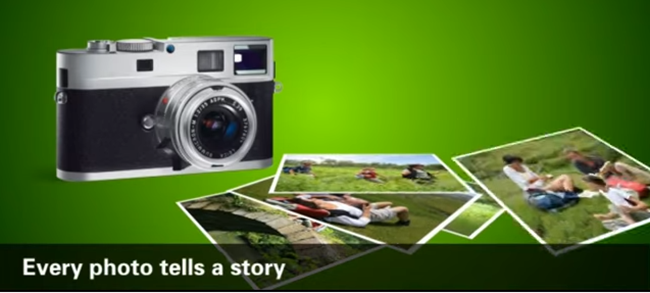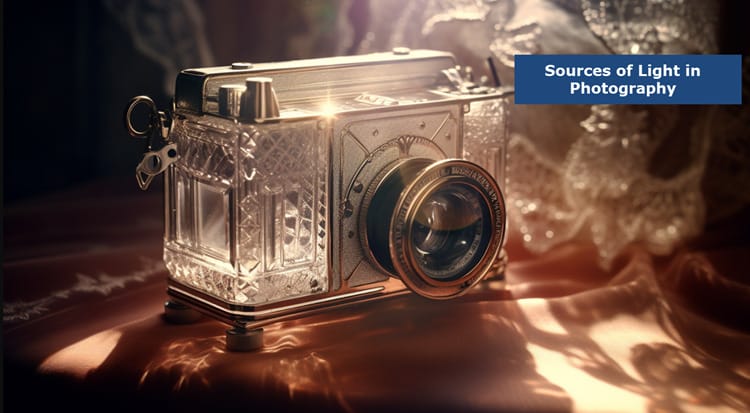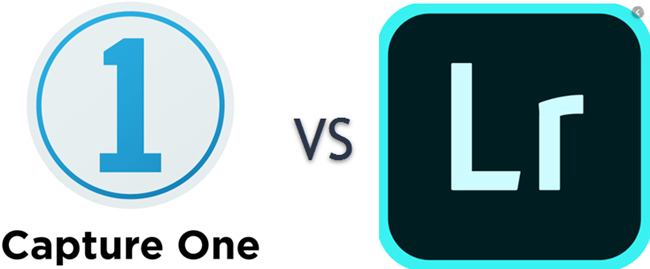
The photos we capture plus the videos we record can bring us back in time and remind us of the memorable moments in our life. They also show us who we were, who was there with us, and our accomplishments. However, regardless of how treasurable the photos and videos are to us, we openly hand them over to corporations running video and photo hosting services, file-hosting sites, and social media networks.
These Web photo gallery software have been around for a long time. They mean different things to different people.
Thanks to a few good service providers, casual users do not feel the need to go to Open Source to host their photo gallery. However, try to avoid some services that are concerned with just making a profit rather than providing a satisfactory service to customers, such as shutting down their hosting service where thousands of people store their photos and videos. Leaving aside ownership and privacy issues, these types of corporations do not offer good integration with other platforms.
Simple Good Alternatives
Fortunately, you don’t require big corporations to create media galleries and share your memories with the entire world. There are simple alternatives that offer you more control and flexibility; self-hosted open-source gallery software.

JAlbum and Piwigo are two of the most popular Open Source web-based photo galleries with the most features.
Are you wondering which web photo gallery to use; jAlbum or Piwigo? Here is an exclusive look at jAlbum vs. Piwigo comparison to help determine which of these two domains is more popular and has better web stats.
JAlbum vs. Piwigo (Description)
These photo gallery software allow users to display and manage photos and, in some cases, videos and other multimedia content.
Make fantastic web photo galleries with jAlbum. It claims to be the most powerful online gallery creator for creating fantastic web photo galleries. Download and discover one of the most powerful online gallery creators available. You only need to drag-drop the images or videos on jAlbum, click the ‘make' option and your photo album will be ready to be uploaded to your website or to jAlbum if you don't have a site.
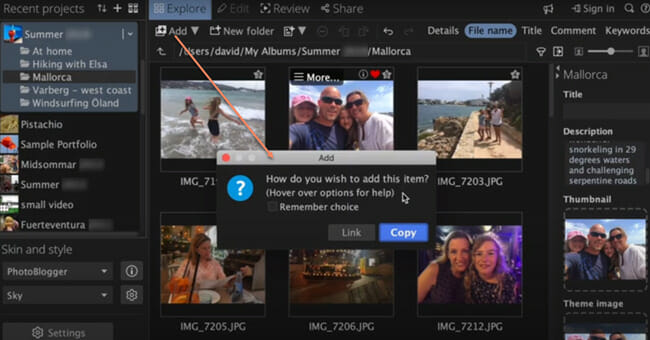
Piwigo is a web application that helps you manage your photo collection, including videos developed by an active community of developers and users. It is an open-source photo gallery software for the web designed for teams, organizations, and individuals. If it does not suit your need, you can create your customized page or create dynamic blocks.
JAlbum versus Piwigo (History)
Both jAlbum and Piwigo have been around for more than a decade. Swedish programmer David Ekholm established JAlbum in 2002. Most customers credit it for being extremely flexible, versatile, and easy to use. To date, there are more than 120 million galleries published worldwide.
The software uses the Java virtual machine to run on most operating systems and is currently available in 32 languages. JAlbum developers appear to be clustered in Sweden, while Piwigo seems to be based in France.
On the other hand, Piwigo, known initially as PhpWebGallery, was inscribed as a personal project in 2001 by Pierrick Le Gall. This photo gallery software for the web was developed by an active community of developers and users. The first Piwigo version was released in 2002 and also became multilingual. The site improved, subsequently by installing a bug tracker in 2004 to allow for co-operative working as a team.

An online extension manager was established in 2005 for easier sharing; themes made it possible for customization. Plugins were then introduced for extending Piwigo features and a pLoader which made it easier to upload on Mac, Windows, and Linux.
The introduction of Lightroom, digiKam, and Shotwell in 2010 enabled users to upload photos on any Piwigo gallery. By 2013, Piwigo had a website available in more than twelve languages and released a new version in 2014.
Piwigo Overview
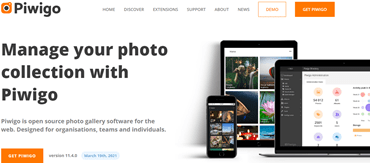
Piwigo is an open-source photo gallery platform that enables users to manage photos easily. One of the significant advantages of the platform is the ability to classify thousands of images easily. It has an Album Hierarchy feature for linking albums, and users can create sub-albums on their main albums.
Piwigo also allows users to upload photos with desktop applications or the web form. It also allows users to filter photos from their album and apply different actions to them in a bunch, such as sending them to a new location or adding geo-location.
This web photo gallery keeps the dates of photos, and users can search for images using these dates. It also uses these photo dates to display a photo calendar for the users. Lastly, Piwigo enables users to add photo privacy so that only authorized visitors can view the images.
JAlbum Overview
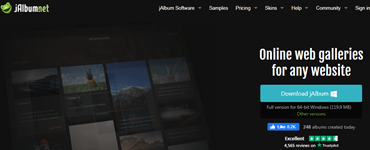
JAlbum is an application that enables users to make photo album websites from images uploaded by users. The platform allows the users to make their own album and allow them to upload the album to their site. More so, users can upload a photo gallery to the platform's site if they don't have one.
JAlbum enables users to edit an old project or create a new one. You can delete or add photos in it or even change the setting of their appearances. More so, you get various criteria to upload image folders or pictures.
JAlbum also enables one to adjust the resolution and quality of images depending on their screens. Users and visitors can also add comments on them while also giving viewers the entree to download or share the photos.
JAlbum vs Piwigo (Video Support)
JAlbum provides outstanding video support, be it YouTube links or uploaded files such as mp4. The jAlbum app can convert almost any video format to MP4.
YouTube video support is not yet universal, but most of the existing skins support YouTube videos. Piwigo on the other hand is not ideal for supporting most video files.
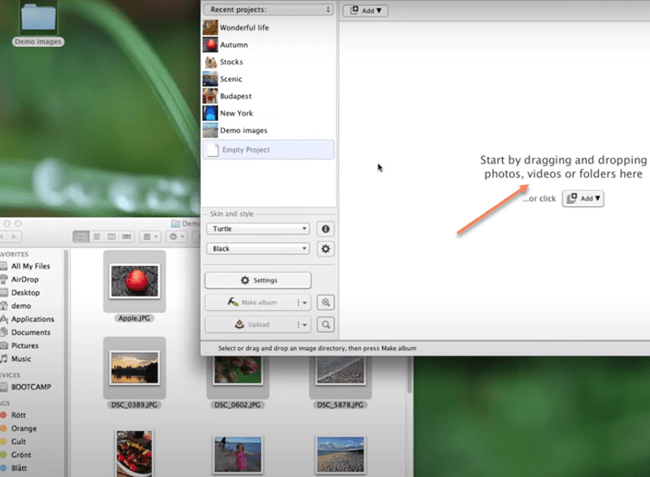
JAlbum vs. Piwigo (Customer Support)
Support for photo web software is a courtesy; hence, you don't need to have a high expectation. However, customer support is critical in ensuring the issues and questions of different users are well taken care of.
Both jAlbum and Piwigo have supported their users for more than a decade, which is seen from their reputation and gradual evolution. According to various reviews, you will receive directions and answers to your questions within a day from the support staff on both jAlbum and Piwigo.
JAlbum appears to have a proper system of moderating the posts of their customers. JAlbum also enjoys an extremely high user satisfaction score of 4.7/5.
JAlbum versus Piwigo (Features)
Both jAlbum and Piwigo exceptionally meet the requirements of any photo web gallery software. However, jAlbum is more advanced and sophisticated, giving you the ability to fine-tune everything.
For instance, jAlbum can enable secure logins as long as the server supports OpenID while Piwigo does not support it. More so, the bundled themes featured on jAlbum are very sophisticated and clean. JAlbum also has unique themes which can replicate your WordPress blog themes.
JAlbum has features that enable you to create photo galleries for your website. All you need to do is to select or drag and drop folders that contain photos or video files onto jAlbum, and it creates HTML pages and thumbnails to make your images as a gallery or as a photo slideshow.
The galleries are typically based on several templates, and advanced users can also customize the appearance. Some additional features of jAlbum include; style sheets, IPTC/EXIF data support, built-in web server, lossless image manipulation, pluggable image filters, and a built-in FTP/SFTP client. An iPad version was released in 2010.
When it comes to uploading image files through FTP, Piwigo needs to create and upload thumbnails to a sub-folder with the precede TN. The alternative is avoiding uploading photos via FTP and using a special upload program developed by Piwigo.
JAlbum has no such requirements. Nevertheless, Piwigo makes it easy for developers to perform actions from other applications: publish a photo from Lightroom, display thumbnails in a WordPress blog post, and synchronize a local folder using a Perl script.

JAlbum versus Piwigo (Pricing Models)
As we compare jAlbum and Piwigo, we cannot fail to review both these online web photo galleries' pricing.
For jAlbum, a Standard license goes for a one-time fee of $49 while a Pro license costs $99. These subscriptions come with priority support and free updates for twelve months. This is good for you if you already have your own website(s) as you'll not need any additional cost for domain and hosting.
The above Standard and Pro licenses do not expire.
If you don’t have your own website to upload the photos to, you can choose a plan for $35 per year if you opt for the ‘Premium Account' (for non-commercial use) or $89 per year if you decide to go for the ‘Power Account' (commercial use). The cost for both accounts includes the license(s).
On the other hand, If you'll be hosting with Piwigo (you don't have your own website already hosted), you'll have the option to choose between the ‘individual' and ‘enterprise' membership plans. The individual pricing plan is less expensive, going for €39 per year, €70 for two years, and €94 for three years. The plan's package includes Email support, no ads, unlimited storage, and image files only.
The enterprise pricing plan is more expensive and varies depending on the amount of storage. A 50 GB storage goes for €45 per month, €70 per month for 100GB, €170 per month for 500GB, and €250 per month for 1000GB.
However, if you already have your website with your own hosting and PHP/MySQL database, you do not need to pay. But, in order to keep your Piwigo account fast and secure, you'll have to keep updating the program as new releases are churned out.
Overall, jAlbum is more affordable as compared to Piwigo and has excellent value for your money.
Ease of Use
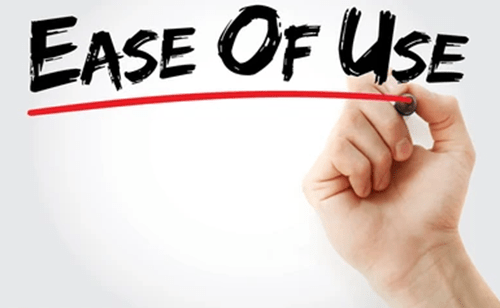
When looking for a web photo gallery, you want one that is easy to use when customizing your photos and videos.
Although jAlbum provides you with loads of features, making a perfect-looking gallery is very easy to use. The application is as easy as dropping pictures onto it and clicking one button. JAlbum makes it convenient and natural to manage massive amounts of images regularly.
You don’t have to begin by uploading your photos and videos to an online service for you to pick the best ones for adding captions and presentations. This app works even when you are offline.
Like jAlbum, Piwigo comes with powerful features for your image gallery but is also very easy to use. It especially shines in terms of categorizing thousands or hundreds of thousands of photos.
Top Countries and Global Ranks
With both jAlbum and Piwigo being relatively popular, they have been positively received by fans worldwide. However, jAlbum has a better global ranking than Piwigo. JAlbum has a global ranking of 280039 while Piwigo ranks at 295799. When it comes to top countries, jAlbum has the highest usage in the USA and India with 26.7% in the USA and 12.9% in India.
On the other hand, Piwigo is top-rated in Turkey, with usage of 5.4 %.
This means that jAlbum is more prevalent and used by more people across the world. JAlbum has daily visitors of about 11,000 compared to about 1,000 for Piwigo.
What Are Some Alternatives?
Now that you have seen the jAlbum vs Piwigo comparison, here are some alternatives that you can also consider. Some of the online web photo galleries alternatives include:
Chevereto – This is a fast and powerful image hosting script that enables you to create your own full-featured image hosting site in just a few minutes.
Google Photos – All your photos will be backed up safely, labeled automatically, and organized so you can quickly find them and share them as you wish. The app, seamlessly, syncs essential photos to the cloud saver, which is a super helpful feature.
Lychee – This is another stylish self-hosted photo gallery that is easy to install. The app is entirely open-source and can be used by anyone as the foundation for a new project.
Zenphoto – This web photo gallery has been around since 2005 and has gradually become popular. Zenphoto supports all the image, audio, and video formats, including mp4, gif, jpg, and png. What makes it unique from other self-hosted web galleries is its support for blog pages.
Related:
Bottom Line: Is Piwigo better than jAlbum?
While Piwigo is good for managing your photo collection, jAlbum is better as it allows you to create fantastic web photo galleries. You just need to download jAlbum and get to use the most powerful online gallery creator available. JAlbum software provides you with an opportunity to make customized photos and videos and upload them to your website or their website (if you don't have one).

